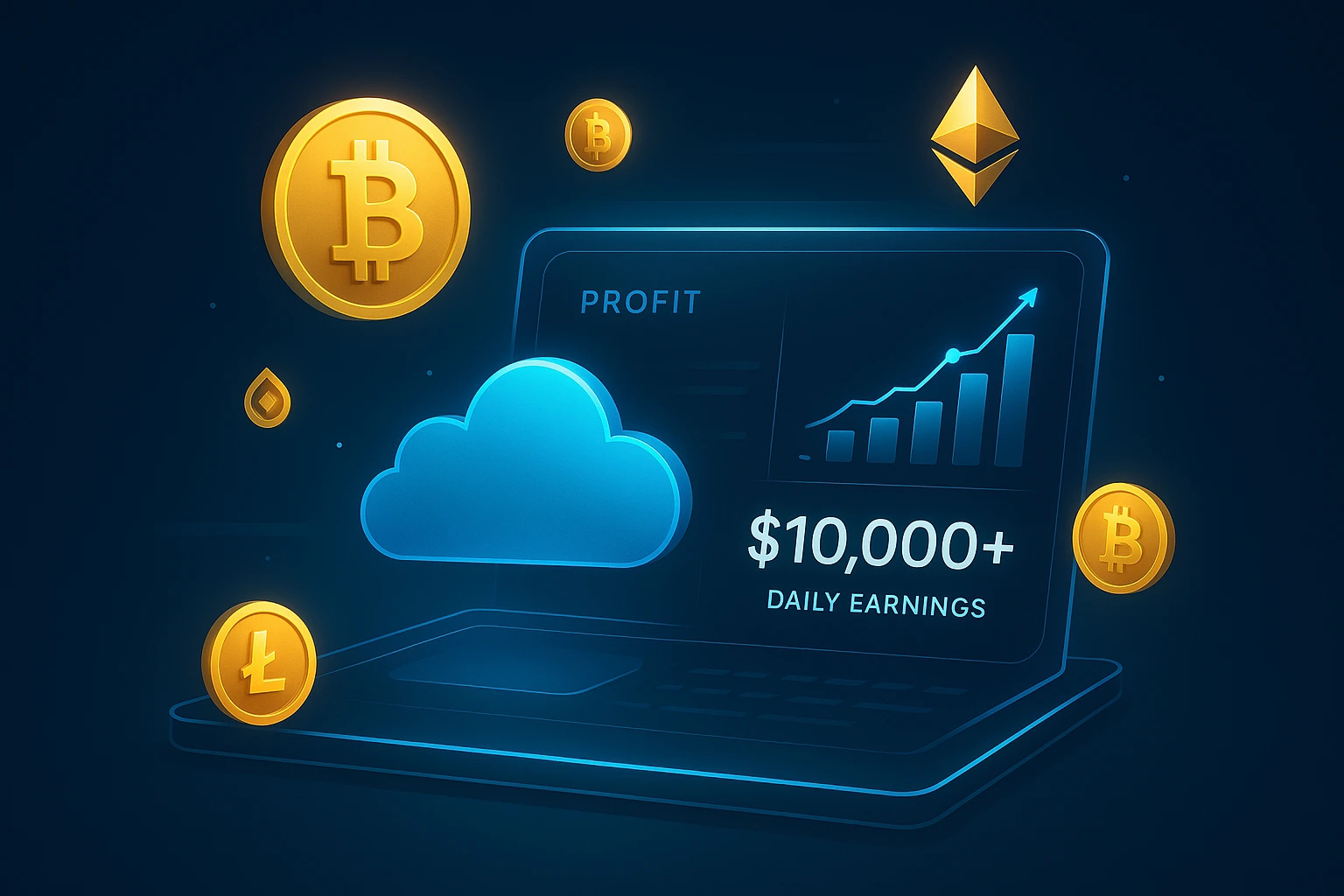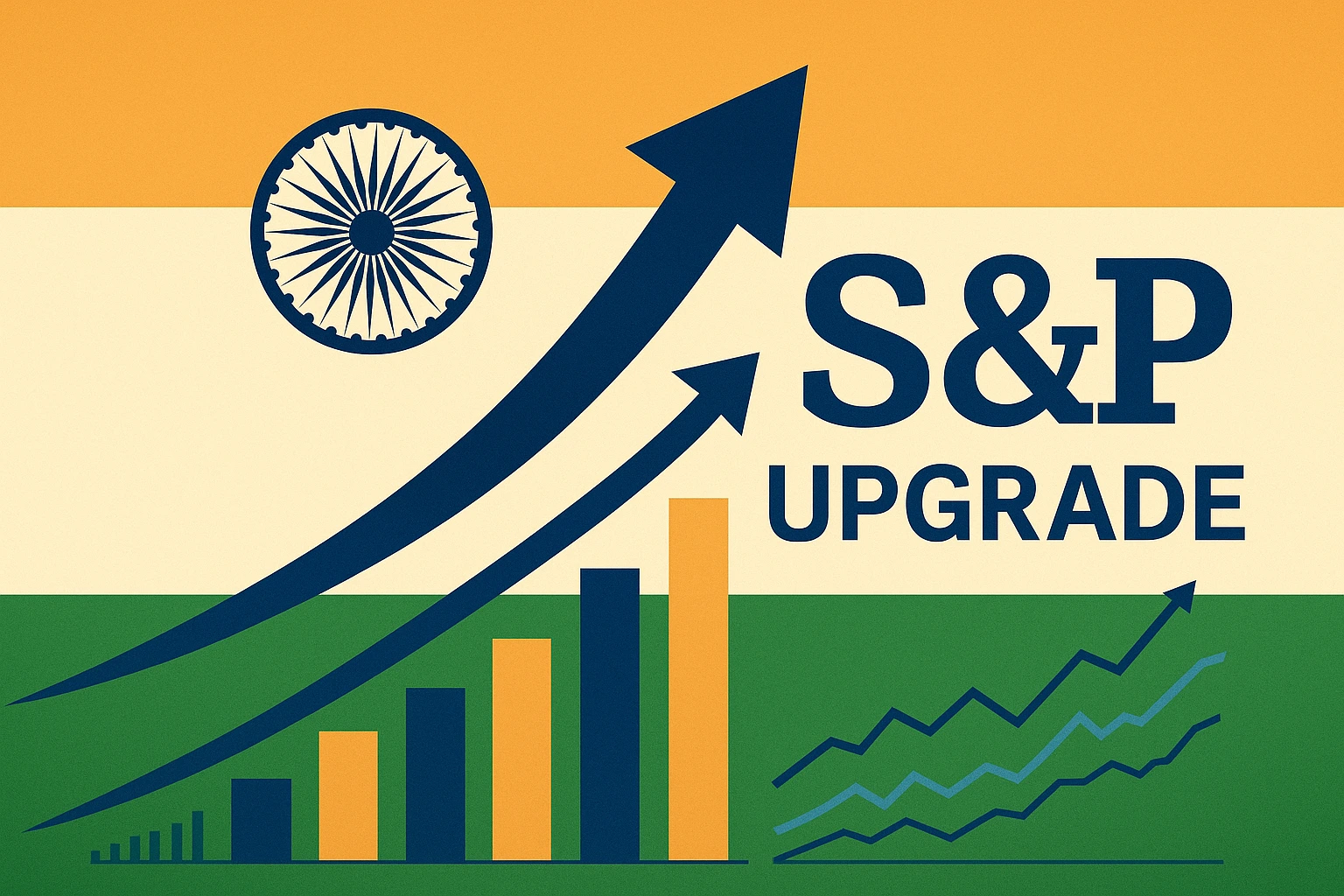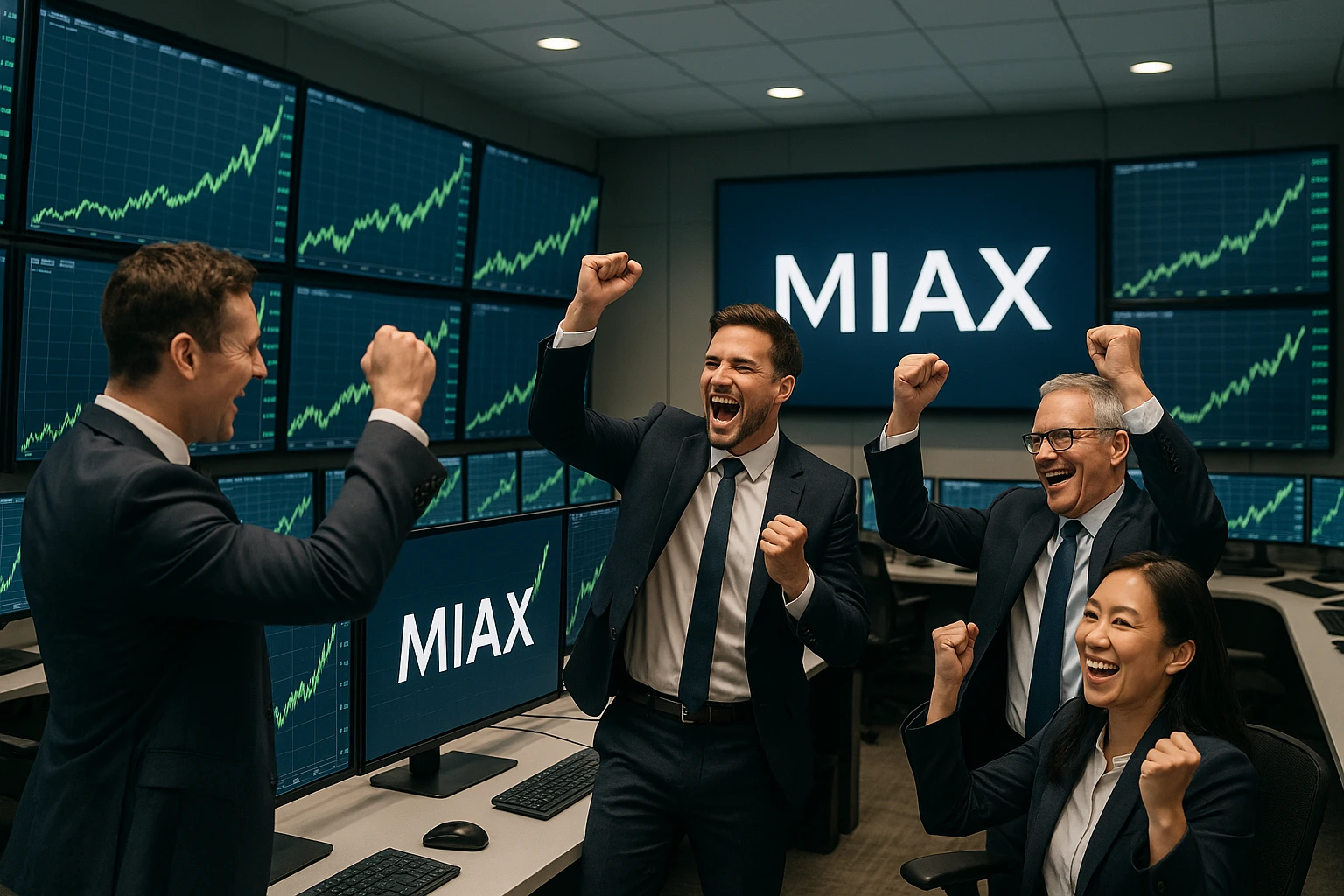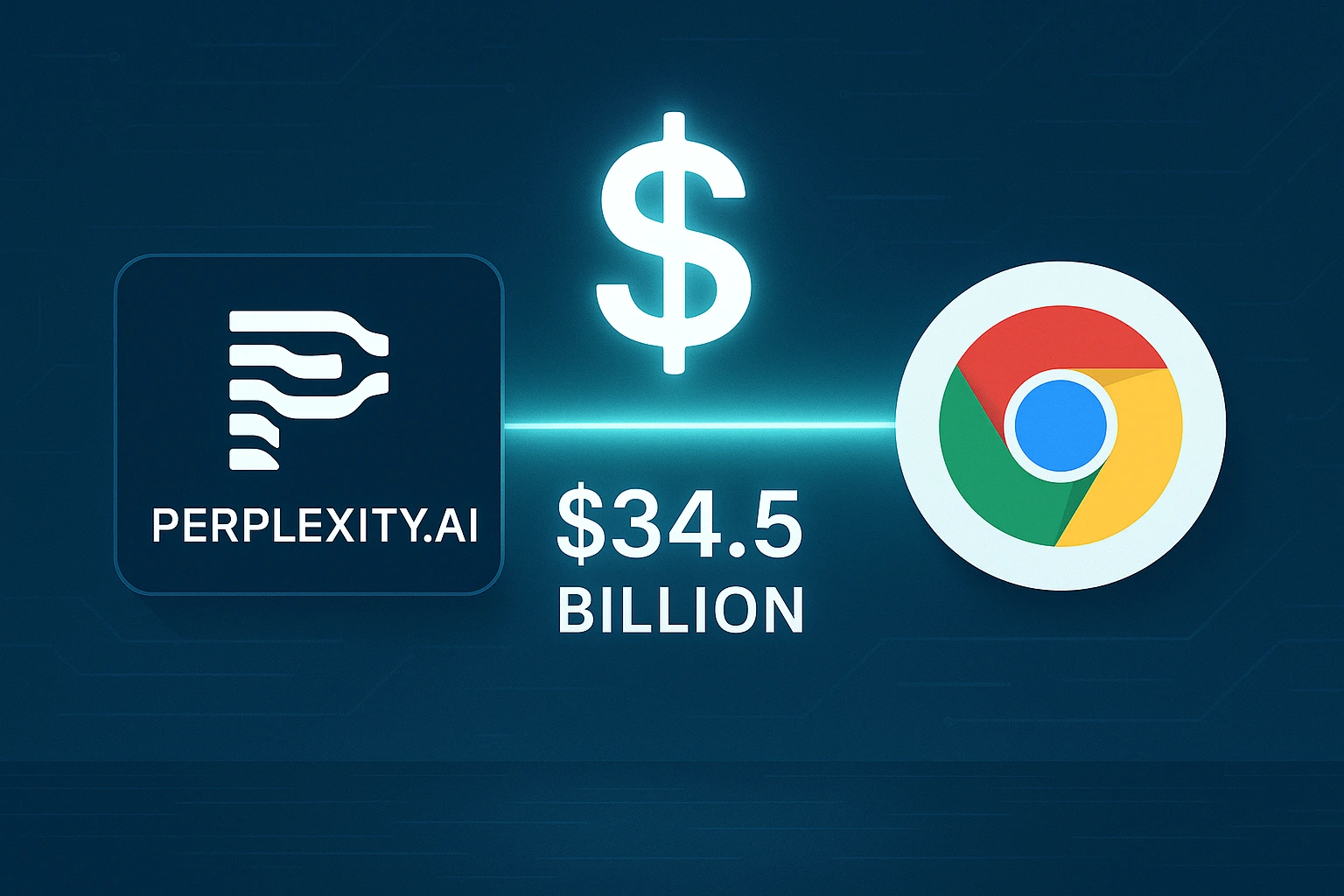After months of relative calm, panic has once again gripped Wall Street. The investor sentiment index — popularly known as the CBOE Volatility Index (VIX) — is surging and could soon breach the 60 mark, a level unseen since the pandemic’s height in April 2020.
This spike signals just one thing: uncertainty is back in full force. The root of the turmoil? A renewed and intensified tariff conflict between the United States and China.
Tariff Tensions Escalate: A New Chapter in the US-China Trade War
The US government has launched a fresh wave of tariffs targeting Chinese goods — some levies reaching an eye-watering 84%. This move, under the direction of President Donald Trump, is designed to pressure China into fairer trade agreements. But Beijing hasn’t taken the attack lying down.
In response, China has imposed matching tariffs, also set at 84%, signaling that it’s ready to go head-to-head. The tit-for-tat measures have sent tremors through global markets, sparking fears of a full-blown economic confrontation.
Markets Slide: S&P 500 Drops for Fifth Straight Day
The major US indexes are feeling the heat. The S&P 500 index has now declined for five consecutive trading sessions, falling 1.8% midweek and approaching a near 19% drop from its February peak — dangerously close to bear market territory.
Meanwhile, the Nasdaq lost another 1.6%, and the Dow Jones Industrial Average sank by nearly 800 points. These losses mark the lowest levels for all three indices in over a year.

A Short-Lived Rally: Optimism Quickly Turns to Fear
Early on Tuesday, stock markets appeared to rebound. Hopes that the two economic giants might return to the negotiating table caused a morning rally. The S&P 500 surged over 4%, while the Nasdaq climbed almost 4.5%. Bargain hunters poured in, seeing value in recently beaten-down stocks.
However, by afternoon, the White House confirmed that the tariff hike would proceed as planned. The rally reversed sharply. Markets not only lost their gains but slid deeper into negative territory by the closing bell.
Trump’s Bold Pitch to Businesses: “Bring Jobs Back Home”
President Trump took to social media to make a direct appeal to corporate America.
“There’s never been a better time to bring your company back to the USA. No tariffs, no delays, and minimal bureaucracy,” he posted, tagging firms like Apple.
Trump’s message was a clear attempt to turn this global disruption into a national advantage. But the markets weren’t convinced. Investors remained concerned about rising costs, supply chain shocks, and global economic uncertainty.

China’s Tariff Retaliation Sparks Fresh Warnings
US Treasury Secretary Scott Bessent lashed out at China’s countermeasures, calling them “short-sighted” and “damaging to their own economy.”
“They export five times more to us than we do to them,” Bessent said on a financial news segment. “They’re hurting themselves more than us.”
He argued that while both nations face risks in a trade war, China’s overreliance on exports puts it in a more fragile position.

Apple Hit Hard: Tech Giant’s Shares in Free-fall
Few companies are feeling the squeeze like Apple. The tech titan’s shares have dropped 23% in just four sessions, wiping out billions in market value. The reason? Apple’s manufacturing is deeply tied to China, and these tariffs could force production to relocate — potentially at great cost.
Experts estimate that if Apple were to shift iPhone manufacturing to the U.S., the average iPhone could cost upwards of $3,500 — a huge leap from current prices.
Markets React to Rumors and Fake News
In a bizarre twist, even fake headlines are shaking the markets. Earlier this week, a false report suggesting Trump was considering a tariff pause briefly sent the markets soaring.
Although the news was quickly debunked, it highlighted how jittery investors are and how desperate the market is for any hint of a resolution.
“Investors are clinging to any scrap of good news — even if it turns out to be fake,” said Jamie Cox from Harris Financial Group.
Valuations Look Tempting, But Risks Remain High
Some analysts believe the sell-off might present a rare buying opportunity. With the average price-to-earnings ratio for S&P 500 companies dropping below 17, stocks are cheaper than they’ve been in years.
“Historically, these are the kinds of levels where long-term investors step in,” said Keith Lerner of Trust Advisory.
However, he cautioned that with volatility running high, short-term movements could remain erratic for the foreseeable future.
Delta Airlines Cuts Forecast: “Uncertainty Hurts Everyone”
The trade turmoil isn’t limited to tech. Delta Airlines revised its financial outlook downward, blaming a slump in global travel demand.
CEO Ed Bastian commented that escalating trade tensions were creating economic headwinds.
“People are hesitant to spend or travel. This level of uncertainty is terrible for business,” he said.

AI-Powered Job Scams: A New Economic Threat
As if global markets weren’t facing enough problems, a new threat is emerging — AI-generated job scams. Cybersecurity experts are reporting a spike in fake remote job applicants using deepfake videos and AI-generated resumes to infiltrate companies.
“It’s like something out of a sci-fi movie,” said Vijay Balasubramaniyan, CEO of voice-security firm Pin drop. “Fraudsters are becoming more sophisticated than ever.”
Gartner predicts that within the next three years, over 25% of remote job applications could be fraudulent — a worrying trend for HR departments.

Geopolitical Chess: Allies Step In as Peacemakers
While the U.S. and China dig into their positions, other nations are trying to play the role of mediator. Japan is sending a delegation to Washington to discuss potential economic cooperation. South Korea has also entered talks, hoping to reduce tension in the region.
The European Union, meanwhile, is exploring broader trade deals with the U.S. to minimize fallout from the tariff dispute.
“Everyone’s watching closely,” said Cox. “If even one breakthrough happens, markets could rebound fast.”
Conclusion: Trade War Fuels a Volatile Year
The U.S.-China tariff battle is rewriting the rules of global commerce. For investors, it’s creating one of the most volatile environments in recent memory. Until both sides reach meaningful compromises, Wall Street is likely to remain on edge.
Every tweet, every press conference, and every tariff update has the potential to move markets by hundreds of points. While some see danger, others see opportunity — but one thing is clear: the world is watching, and the stakes couldn’t be higher.







